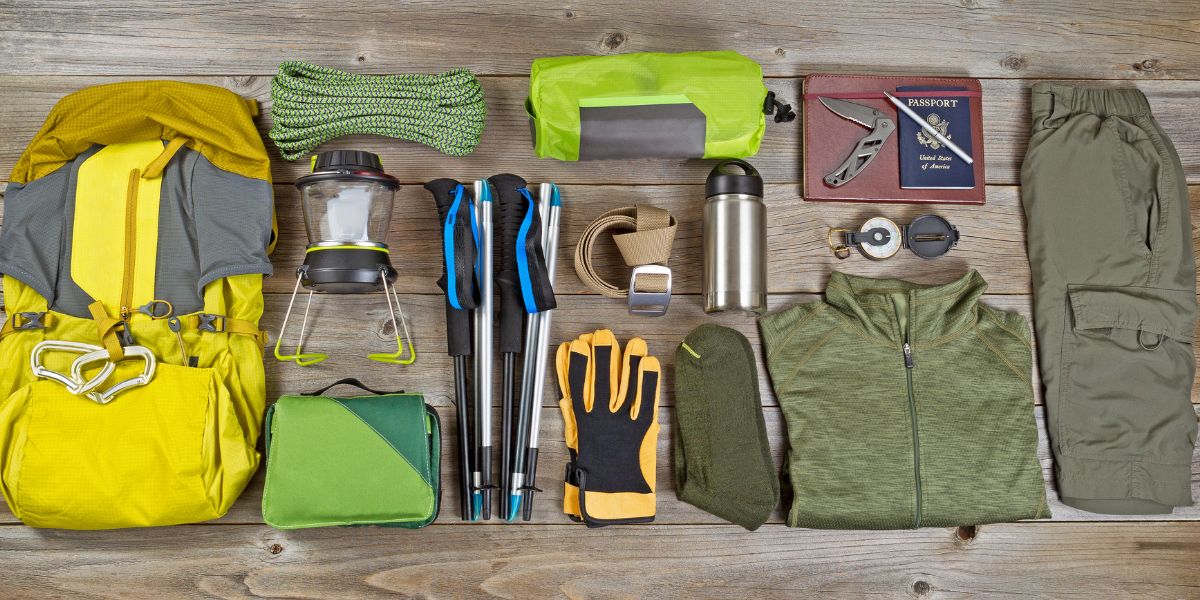
When you head out to the campsite, fire safety should be at the top of your list. It's not just about keeping warm or cooking; it's about protecting yourself and the environment. You'll need the right gear and knowledge to create a safe campfire environment. But what essential items should you pack, and how can you ensure your fire doesn't become a hazard? Let's explore the key aspects of fire safety at campsites.
Essential Fire Safety Gear for Campers
When you're camping, having the right fire safety gear can make all the difference between a fun night under the stars and a dangerous situation.
Start with a reliable fire extinguisher; keep it within easy reach. A shovel is also crucial for managing hot coals and extinguishing flames effectively.
Don't forget a bucket of water or sand—both can be lifesavers in an emergency. Heat-resistant gloves will protect your hands when handling hot items. A fire blanket can smother unexpected flames quickly.
Lastly, consider a first-aid kit stocked with burn ointment, just in case. By packing these essentials, you'll ensure your camping experience remains enjoyable and safe, while minimizing the risk of fire-related accidents.
Creating a Safe Campfire Environment
To create a safe campfire environment, you need to choose the right location and prepare the area properly.
Look for a site at least 15 feet away from tents, trees, and other flammable materials. Clear the ground of debris like leaves, twigs, and grass, creating a bare patch of soil. Use a fire ring or build a small stone circle to contain the fire.
Always have water or a shovel nearby for emergencies. Before lighting the fire, check local regulations and weather conditions. Keep the fire manageable; a small, controlled flame is safer than a large bonfire.
When you're done, fully extinguish the fire by dousing it with water and stirring the ashes until cool to the touch.
Cooking Safely With Portable Stoves
After ensuring a safe campfire environment, you might want to consider using portable stoves for cooking. These compact devices are efficient and often quicker than traditional campfires.
When using a portable stove, set it up on a flat, stable surface away from flammable materials. Always keep a fire extinguisher or a bucket of water nearby, just in case. Use the appropriate fuel for your stove, and never use it indoors or in enclosed spaces to avoid carbon monoxide buildup.
To prevent burns, always handle pots and pans with care, using mitts or handles. Lastly, ensure the stove is completely turned off after cooking to avoid any accidental ignitions.
With these precautions, you can enjoy safe and delicious meals at your campsite.
Properly Extinguishing Fires and Leaving No Trace
As you prepare to leave your campsite, ensuring that your fire is completely extinguished is crucial for both safety and environmental responsibility.
Start by dousing the fire with water, making sure to soak all embers and ashes. Stir the remains with a stick or shovel to ensure no hot spots are left. If water isn't available, use dirt to smother the fire, but be aware it may not be as effective.
Once you believe the fire is out, check for any remaining heat by feeling the area with the back of your hand.
Lastly, leave no trace by cleaning up all trash and ensuring the site looks as you found it. Respecting nature helps keep campsites safe and enjoyable for everyone.
Conclusion
By prioritizing fire safety at your campsite, you ensure a memorable and secure outdoor experience. Always pack essential gear like fire extinguishers and shovels, and set up your campfire in a safe area. Remember to cook safely with portable stoves and fully extinguish your fire when you're done. With these tips in mind, you'll not only enjoy your time in nature but also protect it for future campers. Stay safe and leave no trace behind!
Trending Products














